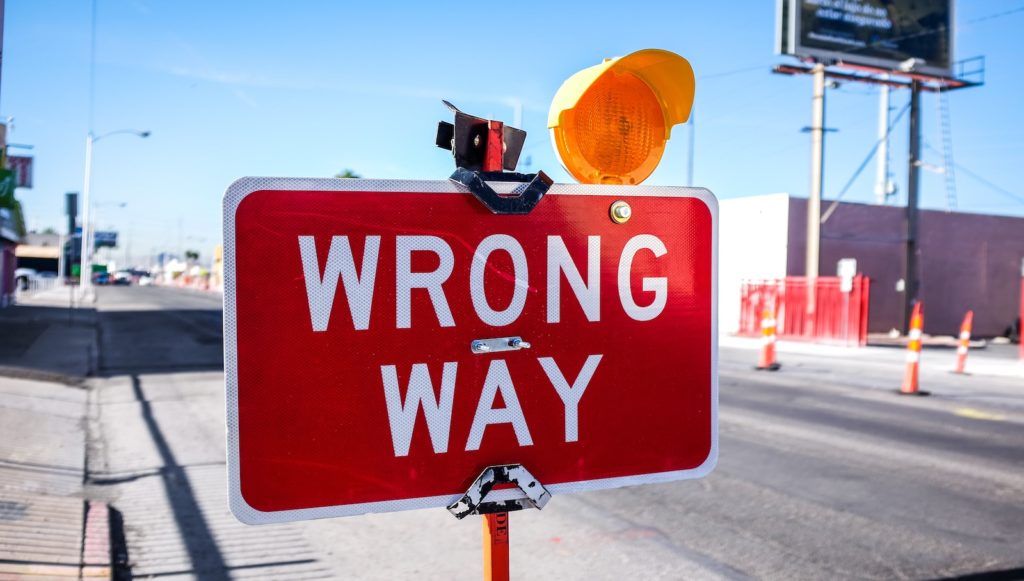
Now that we have gone through one of the most serious financial crisis in our country’s history, certain lessons should have been learned by anyone who had money invested in the financial markets prior to October 2007 when the Dow Jones Industrial Average (DJIA) hit a high of 14,093. Exactly one year later, the DJIA dropped 40% to 8,451. It continued its slide until March 2, 2009 when it bottomed-out at 6,627. During this tumultuous period of 15 months, many investors did not know what to do and many others made the wrong decisions.
Let’s look at a typical young investor who is 40 years old. This investor originally decided to be a “growth” investor, meaning that his portfolio should consist of primarily of stocks and real estate, and a small percentage, perhaps 20%, in bonds and cash. Our investor reviews his portfolio on a regular basis, and is invested in all of the various market segments. In stocks he has domestic large cap growth and value, mid cap, small cap, large foreign, emerging markets, real estate, and perhaps certain sectors, such as financial, technology, or energy. In bonds, his portfolio might have short, intermediate, and long term high quality bonds, municipals, foreign bonds, high yield bonds, and maybe some preferred stocks.
In February, 2009 he is having trouble sleeping and by March, 2009 he makes the dreaded call to move his money to cash. When asked, why, he tells you that although his portfolio is down 40% at least he can hold on to the remaining 60%. His fear is that he will lose it all.
When an investor decides to incorporate a particular level of risk, whether that risk is aggressive, moderate or conservative, he must do that without consideration of current market conditions. Too often, an investor wants to be a “growth” investor, but the truth is that he wants to be a growth investor only in good times or when the market rewards him. If the market is a “bear” market, he may withstand slight declines, but when all hell breaks loose, the tendency is to move to cash. This is one of the biggest mistakes that you can make in volatile markets.
Investors who have remained consistent with their risk profiles through volatile markets have seen a substantial recovery in their portfolios since March 2009. Those who are truly behind are those who panicked and are now left with the decision of how to recover their losses. They can, but it is a much slower recovery.
The message is to know who you are as an investor. If you are conservative, stay conservative. Don’t try and be more aggressive in “bull” markets, thinking that you will pull back in troubled times. If you are “aggressive” stay aggressive, knowing that the ride will be more volatile but your patience is more likely to be rewarded in the end. Above all, stay consistent with your risk profile. You can and should modify the portfolio to reflect current market conditions and always keep favorable investments in the portfolio, but avoid the dramatic and wide spread changes from stocks to cash.
If you attempt to time the market, the risk you take may cost you big dollars in the end.
The opinions voiced in this material are for general information only and are not intended to provide specific advice or recommendations for any individual. To determine what may be appropriate for you, consult your financial professional. This information is not intended to be a substitute for specific individualized tax or legal advice. We suggest that you discuss your specific situation with a qualified tax or legal advisor. Please keep in mind Insurance companies alone determine insurability, and some people, for their own health or lifestyle reasons, are deemed uninsurable.
Reprint requests are welcomed. You may use this article in your online or offline publication as long as you let us know about it and that you include the following credit: Article by Harvey Jacobson of California Financial Partners, Inc., Glendale, California. (with a link back to https://www.calfp.com )
There is no guarantee that a diversified portfolio will enhance overall returns or outperform a non-diversified portfolio. Diversification does not protect against market risk.